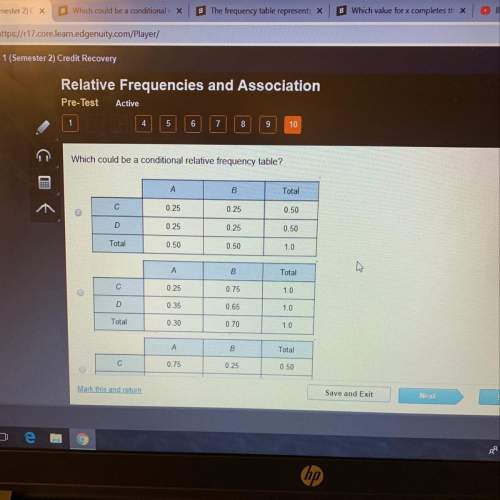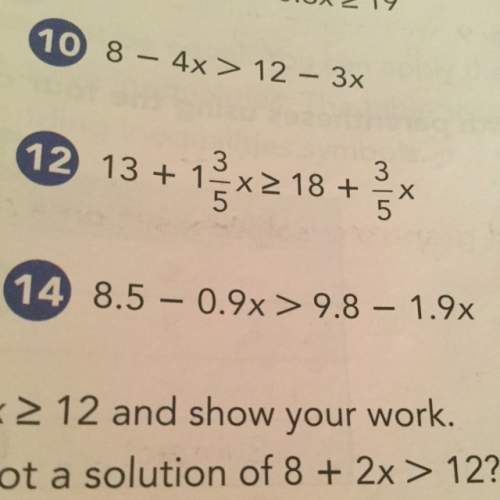
Mathematics, 25.02.2020 22:56, samueltaye
Point estimates often need to be nested in layers of analysis, and it is the Invariance Principle that provides a pathway for doing so. An example would be estimating Mu after having to estimate Alpha and Beta for some distributions. In simpler statistics class exercises (like those we've seen up until now), this is typically avoided by providing the lower level parameters within exercises or problems (e. g. asking you for Mu by giving you the Alpha and Beta). The only real options we've had prior to this unit for estimating lower level parameters has been trial-and-error: collecting enough data to form a curve that we then use probability plots against chosen parameter values until we find a combination of parameters that "fits" the data we've collected. That approach works in the simplest cases, but fails as our problem grows larger and more complex. Even for a single distribution (e. g., Weibull) there are an infinite number of possible Alpha-Beta combination. We can't manually test them all.
Point estimation gets us around all of that by providing the rules needed to actually calculate lower level parameters from data. We sometimes need to be able to collect a lot more data to use this approach, but it's worth it. We'll be able to calculate more than one possible value for many parameters, so it's important that we have rules for selecting from among a list of candidates.
Discuss what some of those rules are, and how they get applied in your analysis. If an engineering challenge includes "more than one reasonable estimator," how do engineers know which to pick, and what issues arise statistically and in engineering management when making those choices?

Answers: 1
Other questions on the subject: Mathematics

Mathematics, 21.06.2019 17:00, Niyah3406
When you are making a circle graph by hand, how do you convert a number for a part into its corresponding angle measure in the circle graph? when you are making a circle graph by hand, what should you do if one of your angle measures is greater than 180°?
Answers: 2

Mathematics, 21.06.2019 18:30, edwinadidas9938
The border line of the linear inequality 4x + 7y < 5 is dotted true or false?
Answers: 2

Mathematics, 21.06.2019 21:00, noahwaitsowl357
Evaluate 5 + 6 · 2 – 8 ÷ 4 + 7 using the correct order of operations. a. 22 b. 11 c. 27 d. 5
Answers: 1

Mathematics, 22.06.2019 01:00, catycait27p5rc5p
5. write an equation for the line that is parallel to the given line and that passes through the given point. y = –5x + 3; (–6, 3)
Answers: 2
Do you know the correct answer?
Point estimates often need to be nested in layers of analysis, and it is the Invariance Principle th...
Questions in other subjects:

Mathematics, 28.01.2020 22:47



English, 28.01.2020 22:47

Mathematics, 28.01.2020 22:47





Computers and Technology, 28.01.2020 22:47








